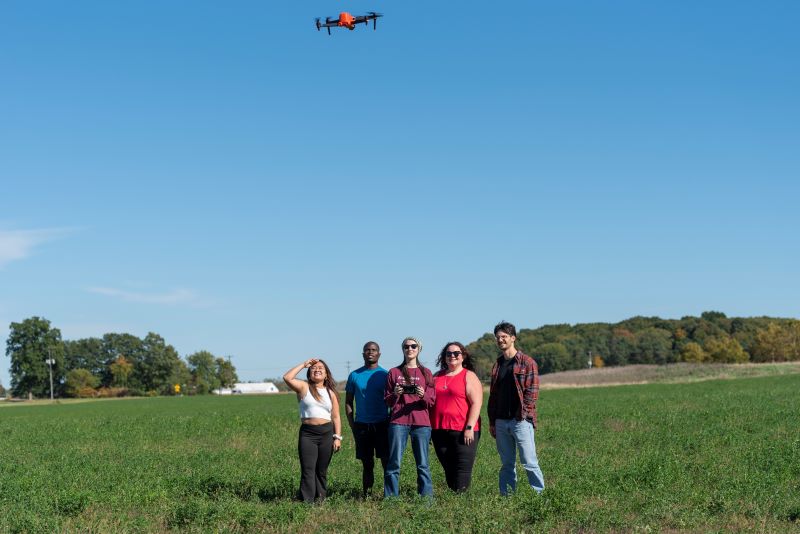About
The Department of Geography, Environment and Spatial Sciences offers Bachelor’s, Master’s, and Ph.D. degrees along with a fully online Professional Certificate Program in GIS and Geospatial Data Analytics and Visualization.

We are one of 14 degree-granting programs in the College of Social Science. The Department has over 30 faculty members, 40 graduate students, 80 undergraduate majors, and 130 undergraduate minors. Faculty and student research centers on such topics as people-environment relationships, climate, geographic information science, soils-geomorphology, urban structure, global change, and more. The spatial extent of these research interests ranges from local to global in such places as Kenya, Brazil, the Great Lakes, China, Michigan, and beyond.
The Department also houses the Remote Sensing and GIS Research and Outreach Services unit that conducts numerous contract and grant activities, and our GIS and Geospatial Data Analytics & Visualization professional certificate options offered through the Online Geography (onGEO) group can develop your geographic awareness and geospatial technology skills while expanding your career opportunities.
Dr. Ashton Shortridge – Department Chairperson
Dr. Elizabeth Mack – Graduate Program Director
Dr. Ryan Shadbolt – Undergraduate Advisor
Beth Weisenborn - Director of Online Courses in Geography
We offer a wide variety of courses that range from the introductory undergraduate level to advanced graduate classes.

Geography is an ancient discipline that examines the various spatial attributes of the Earth’s surface and how they differ from one place to another.
Many geographers consider themselves first of all to be either physical or human specialists. Physical geographers study such concepts as atmospheric circulatory patterns, the distribution of plants, soil characteristics, the evolution of stream systems, and the impacts of climate change, to name a few. Human geographers, in contrast, investigate issues such as agricultural practices in Brazil, poppy cultivation in Turkey, and the factors that influence infant mortality in metropolitan areas. A growing number of geographers specialize in the application of digital technology, such as Geographical Information Systems (GIS), computer modeling, and remote sensing, to assess and monitor geographical patterns. A focus of many geographers, whether they are primarily human, physical, or digital specialists, is the myriad of human/environment relationships that occur around the world. Students who train to become geographers learn how to think about spatial relationships in a holistic way and understand how various environmental and cultural factors interact to form distinct geographical patterns.

